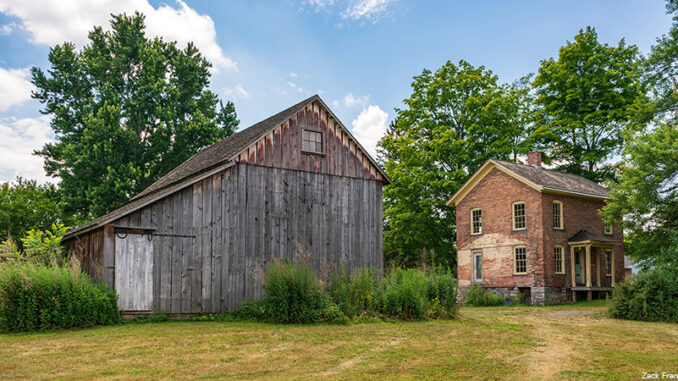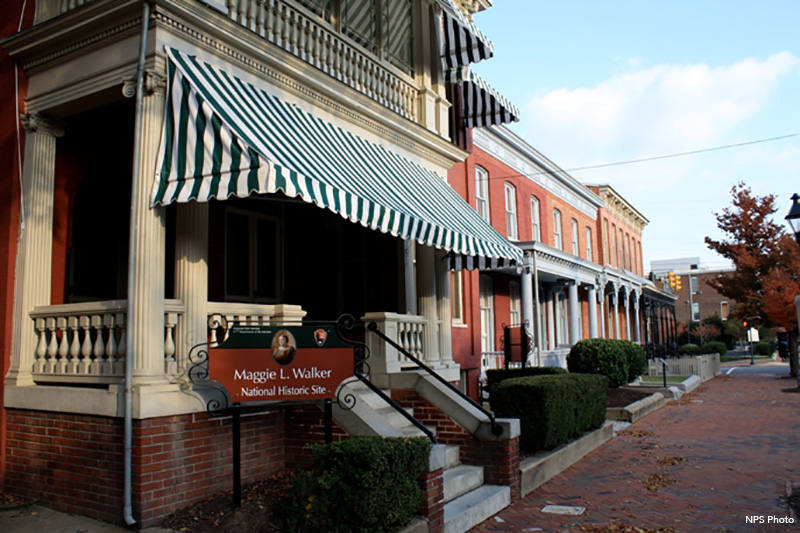
It’s Women’s History Month, and the National Parks Service is celebrating! Two years ago, the National Park Service (NPS) launched its Women in the Parks fund. This fund is dedicated to sharing stories of women who have blazed trails–literally and figuratively. What better time to explore these parks and programs than Women’s History Month? Here, btw takes you on a trip around the United States to learn more about each location.
Honoring Women in Government
Begin your trip in Washington, D.C., at the Mary McLeod Bethune Council House National Historic Site. Bethune served as the Director of the Division of Negro Affairs of the National Youth Administration under President Franklin Roosevelt. She was the first African American woman to ever hold so high an office in the federal government. She also served as an advisor on African American affairs to four presidents; founded Bethune-Cookman College in Daytona Beach, Florida; and founded the National Council of Negro Women.
Honoring Women in Activism
Also in Washington, D.C., you’ll find the Belmont-Paul Women’s Equality National Monument. In 1929, the Belmont-Paul home became the headquarters of the National Women’s Party (NWP). Here, the struggle for woman suffrage began in the United States. Today, the home holds more than 2,200 objects that help share the story of women’s fight for the vote and equality.
Honoring Women in Business
Close to our nation’s capital is Richmond, Virginia, the home of the Maggie L. Walker National Historic Site. Walker was the first African American woman to establish a bank in the U.S. She was also a newspaper editor and a community leader. Today, her home remains preserved just as it looked when Walker lived there in the 1930s.
Honoring Women of Courage
Head north along the Eastern seaboard to Auburn, New York, where you will find Harriet Tubman National Historical Park. This 32-acre park marks where Tubman–an abolitionist hero who led more than three hundred people out of slavery–lived, worked, and worshipped. Visit to experience the Tubman Residence, the Thompson Memorial African Methodist Episcopal Zion Church, and Tubman’s final resting place across the street.
Honoring Women’s Rights
Nearby in Seneca Falls, New York, is Women’s Rights National Historic Park, which marks the site of the first Women’s Rights Convention in 1848. This is where the Declaration of Rights and Sentiments was signed, launching the women’s rights movement. It was also the home of suffragist leaders Elizabeth Cady Stanton and Mary Ann M’Clintock.
Honoring Indigenous Women
Head west across the Mississippi River to the Cache la Poudre River National Heritage Area, where the Northern Arapaho lived until they were forcibly removed by the U.S. military in the 1870s. The park’s current project, “Lifting Voices from the Shadows,” showcases the experiences of Northern Arapaho women, and includes educational videos, webinars, guided walks, and other special events.
Honoring Women in Wartime
Complete your journey in Richmond, California–home of the Rosie the Riveter/WWII Home Front National Historical Park. This park honors “Rosie the Riveter,” the popular face of the six million American women who entered the workforce during World War II, especially women who worked in the defense industries.
Why It Matters
The NPS recognizes that historically, women’s stories and contributions have not been highlighted or as consistently acknowledged. That means that most people receive a limited or one-sided version of history. Celebrating and honoring women’s contributions provides all of us with a more well-rounded picture of the past, as well as a better understanding of the present.
Dig Deeper Most Americans live within one hundred miles of a national park. Which one is closest to you? (If you don’t know, click here to find out.) Visit the park’s website.

